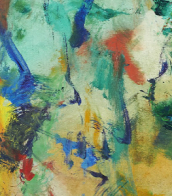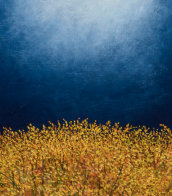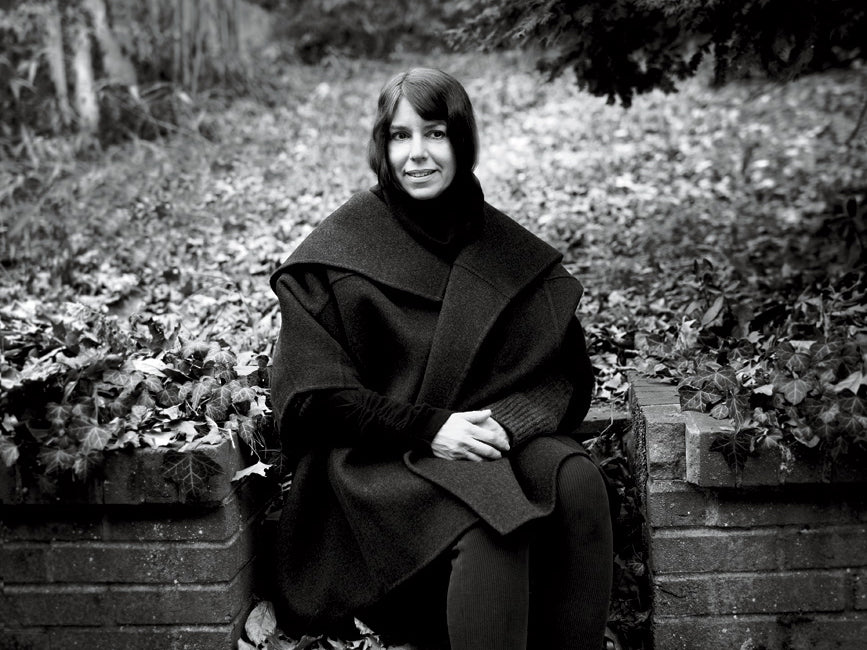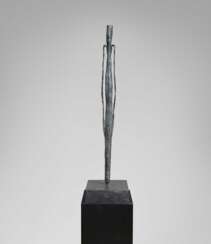philomene

Alighiero Fabrizio Boetti, known as Alighiero e Boetti, was an Italian conceptual artist, considered to be a member of the art movement Arte Povera.
Perhaps best known is Boetti's series of large embroidered maps of the world, called simply Mappa.


Richard Ernst Artschwager was an American painter, illustrator and sculptor. His work has associations with Pop Art, Conceptual art and Minimalism.


Rosemarie Trockel is a German conceptual artist. She has made drawings, paintings, sculptures, videos and installations, and has worked in mixed media. From 1985, she made pictures using knitting-machines.


Andreas Gursky, a German photographer born in 1955, is renowned for his large format architectural and landscape color photographs, which often feature a high vantage point. Gursky's work has garnered attention for its unique perspective on modern life and contemporary scenes, capturing the grandeur and intricacy of his subjects with a meticulous eye for detail. His pieces, such as "Rhein II" and "99 Cent II Diptychon," showcase his skill in transforming ordinary locales into extraordinary visual narratives, often with the aid of digital manipulation to enhance and refine the final image.
Andreas Gursky's photography is celebrated for its ability to capture the essence of globalization and the human impact on the environment, presenting scenes that are both familiar and alien in their scope and detail. His work has been exhibited worldwide and is held in high esteem in the art market, with some of his pieces achieving record-breaking auction prices.
For art collectors and experts, Andreas Gursky's photographs offer a profound commentary on the world we live in, blending technical prowess with a deep conceptual framework. His exhibitions and publications provide insight into his creative process and the evolution of his artistic vision.
To stay updated on Andreas Gursky's latest exhibitions and works, consider subscribing to updates from renowned art galleries or institutions that feature contemporary photography.


Edward Ruscha, an American artist born in 1937, is a prominent figure associated with West Coast Pop art, celebrated for his innovative approach to blending visual and verbal language within his works. Ruscha's journey in the art world began after moving to Los Angeles in 1956, where his fascination with the urban landscape and commercial culture flourished. He attended Chouinard Art Institute, now known as CalArts, which laid the foundation for his artistic exploration.
Edward Ruscha's art is deeply influenced by the Hollywood film industry, with works like "Large Trademark with Eight Spotlights" echoing the commercial graphics and cinematic influence of his time. His "Word paintings" series, starting in the 1960s, showcases his unique approach to typography and language, setting monosyllabic words against solid backgrounds, a style that continued to evolve throughout his career.
During the 1970s, Edward Ruscha expanded his narrative, incorporating phrases into his works, further exploring the relationship between text and image. His work in the 1980s and beyond includes landscapes juxtaposed with text, creating intriguing visual narratives that challenge viewers to find connections between the words and the images.
Edward Ruscha's contributions to the art world are significant, with his works held in major collections and institutions. His career spans various mediums, including painting, printmaking, photography, and artist's books, showcasing his versatility and enduring influence on contemporary art.
For enthusiasts and collectors of modern art, Edward Ruscha's works offer a unique blend of visual artistry and linguistic play. His innovative approach to combining text and image has cemented his status as a pivotal figure in contemporary art. To stay updated on the latest exhibitions, sales, and insights related to Edward Ruscha's art, consider subscribing to updates from renowned art galleries and auction houses. This subscription will ensure you're informed about new opportunities to engage with and appreciate the distinct and influential art of Edward Ruscha.
































